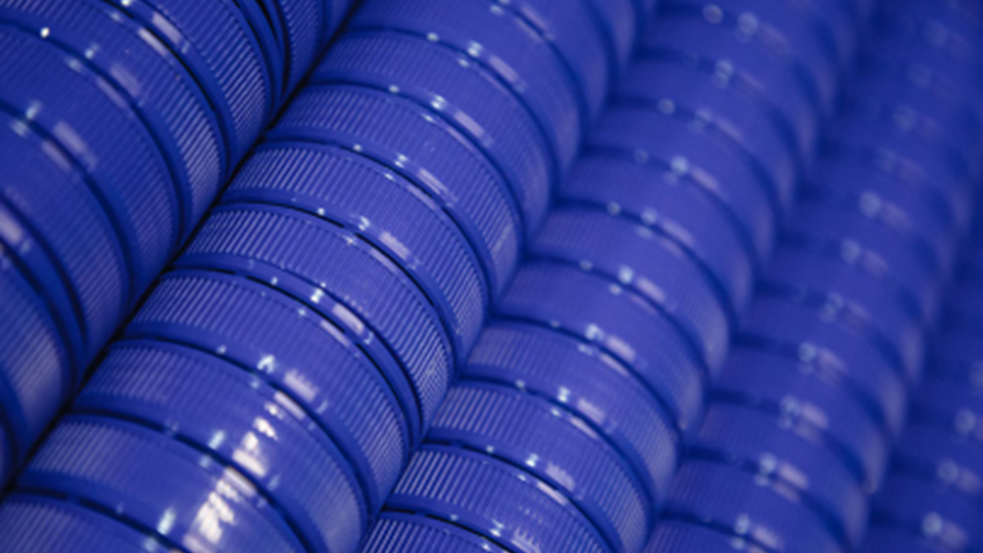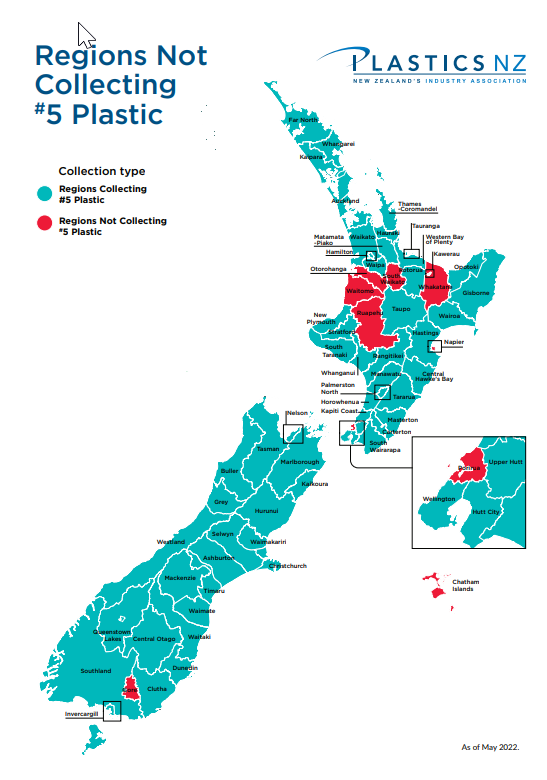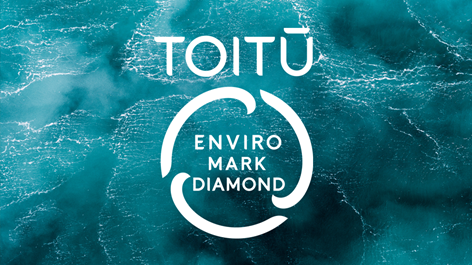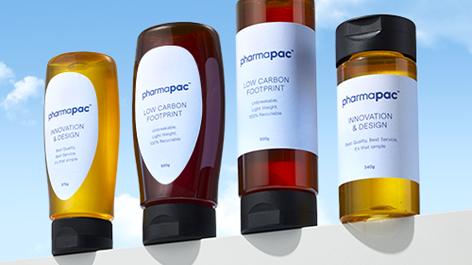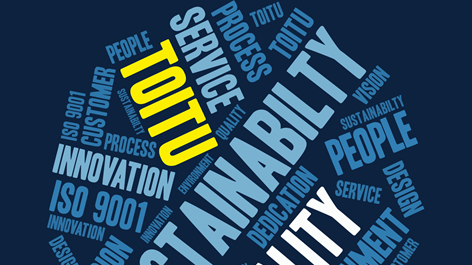Creating a Circular Economy for Recycled Polypropylene in Aotearoa New Zealand
Recycled polypropylene (rPP) is a highly sought-after material. Local and global demand continues to grow, outstripping supply. Aotearoa New Zealand has the opportunity to create a circular rPP economy worth between $10.4m to $17m annually which will also come with environmental benefits including a reduced carbon footprint.
In March 2021, as part of its Advancing the New Plastics Economy in Aotearoa Programme, Plastics NZ initiated a cross-industry working group. This group of stakeholders, including product and packaging manufacturers, retailers, Councils, recycling collection contractors, reprocessing operators plus other resource recovery experts, is committed to making this circular economy a reality.
A quick introduction to Polypropylene (PP), recycled PP (rPP) and post-consumer recycled PP (pcrPP):
Polypropylene (PP) is a versatile packaging material. It is lightweight, chemical resistant (avoiding leaching, taste or odour issues), able to handle wide temperature variations, and has a high impact strength.
PP is our third most commonly recycled rigid plastic (behind things like soft drink bottles made from PET #1 plastic, and shampoo and detergent bottles made from HDPE #2 plastic). PP is used to make ice cream and margarine containers, large yogurt tubs, dip pottles, and many clear takeaway containers.
Recycled polypropylene (rPP) is increasingly being used to make a wide range of household items including plant pots, storage containers and even some recycling bins themselves! As a lower density polymer, it has a higher yield per kg of material processed, making it a cost-effective option. Consumer demand for items made from recycled plastic — because of their sustainability and environmental benefits — continues to fuel growth.
Post-consumer recycled PP (pcrPP) is made from the items that consumers recycle. This is where there is room for progress.
